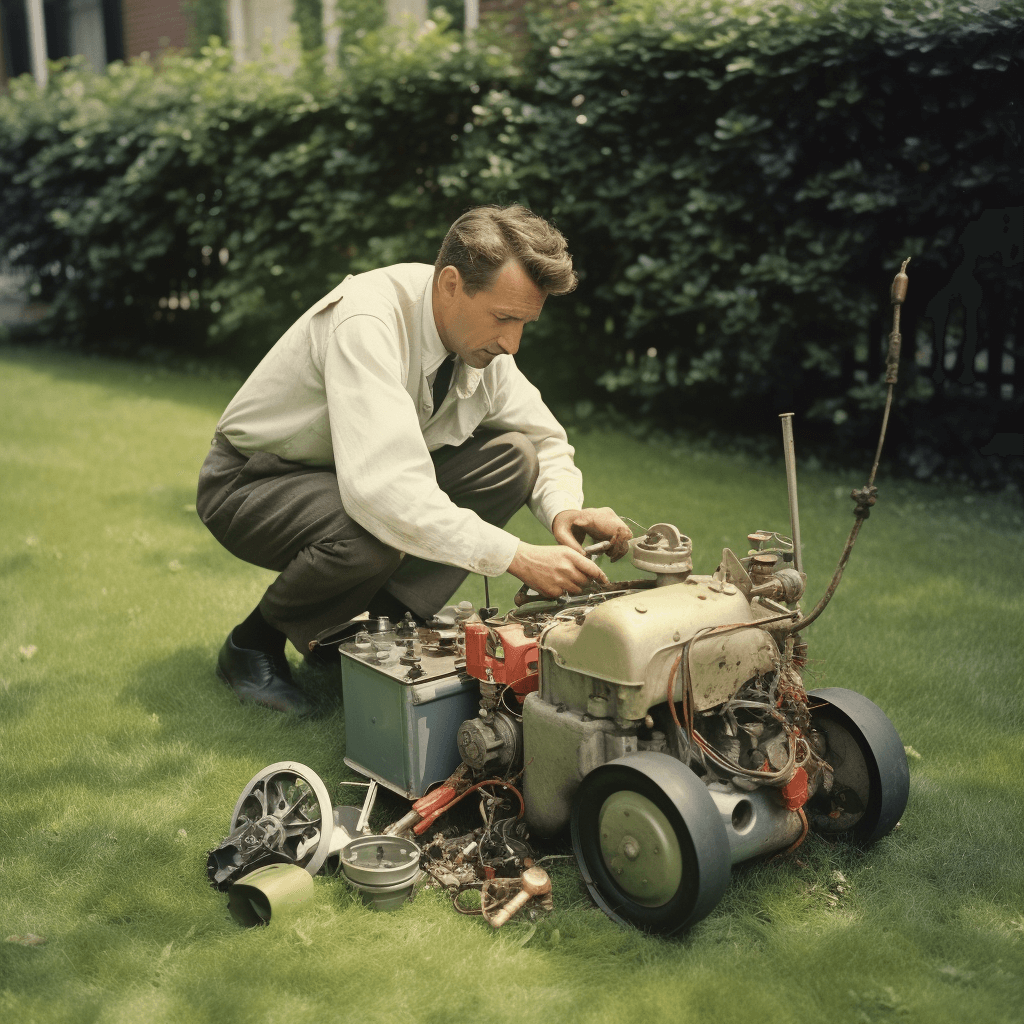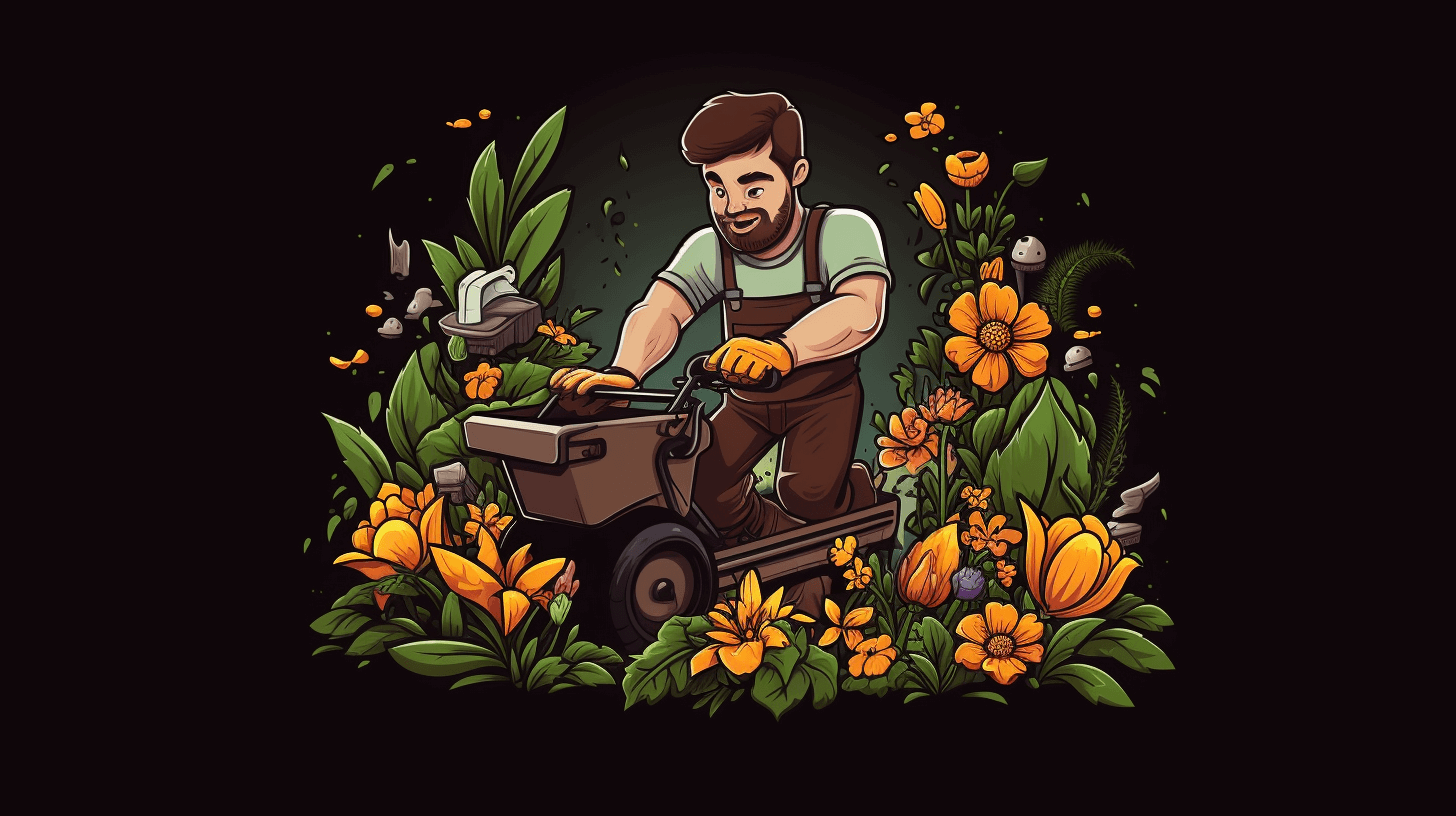
10 Tips for Proper Tiller Maintenance and Care
Introduction
As a proud gardener, you know the importance of having a well-maintained garden tiller. Proper tiller maintenance not only ensures its longevity but also enhances its performance. By implementing regular care practices, you can avoid costly repairs and keep your tiller running smoothly season after season.
Cleanliness and Storage
Importance of cleaning the tiller after each use
After a hard day’s work in the garden, it’s crucial to clean your tiller properly. Removing dirt, debris, and plant residue prevents buildup, corrosion, and potential damage to the components. Use a brush or compressed air to clean hard-to-reach areas.
Proper storage techniques to prevent damage
When storing your tiller, choose a dry and well-ventilated area. Protect it from extreme temperatures and moisture. Consider covering it with a tarp or using a dedicated tiller cover to shield it from dust and debris.
Lubrication and Oil Changes
Importance of lubricating moving parts
Keeping the moving parts of your tiller well-lubricated is essential for smooth operation. Apply lubricating oil to the pivot points, chain drive, and other moving components as recommended by the manufacturer.
Recommended lubricants and frequency of application
Consult your tiller’s user manual to determine the appropriate lubricants for each part. Apply lubrication according to the manufacturer’s instructions. Generally, lubrication should be done at the start of the season and periodically throughout heavy use.
Guidelines for oil changes and filter replacements
Regular oil changes are vital for maintaining optimal engine performance. Refer to the user manual for specific guidelines on oil change frequency and recommended oil types. Additionally, inspect and replace the oil filter as needed to ensure proper filtration and prevent engine damage.
Spark Plug and Air Filter Maintenance
Checking and cleaning/replacing spark plugs
Inspect the spark plug regularly for signs of wear, such as corrosion or electrode damage. Clean or replace the spark plug as necessary to ensure a consistent spark and efficient combustion.
Inspecting and cleaning/replacing air filters
The air filter plays a crucial role in preventing dirt and debris from entering the engine. Check the air filter regularly and clean or replace it when it becomes dirty or clogged. A clean air filter ensures proper airflow and prevents engine damage.
Belt Inspection and Adjustment
Importance of maintaining proper tension in the belts
Proper belt tension is crucial for efficient power transmission in your tiller. Inspect the belts for signs of wear, cracks, or slackness. Adjust the tension according to the manufacturer’s recommendations to ensure optimal performance.
How to check and adjust the belt tension
Refer to your tiller’s user manual to locate the belt tensioning mechanism and follow the provided instructions for checking and adjusting the belt tension. Maintain the recommended tension to avoid excessive slipping or strain on the belts.
Blade Sharpening and Replacement
Benefits of sharp blades for efficient tilling
Sharp blades are essential for effective tilling. They cut through the soil with ease, providing better results and reducing strain on the tiller’s engine. Regularly sharpening the blades ensures optimal performance.
Techniques for sharpening tiller blades
To sharpen tiller blades, use a file or grinder to remove any dull edges and restore their sharpness. Follow the blade’s original angle and be cautious not to overheat the metal. Wear protective gloves and follow proper safety procedures.
Indicators for blade replacement
If the blades are excessively worn, damaged, or no longer retain their sharpness despite sharpening, it may be time to replace them. Refer to your tiller’s user manual for guidance on purchasing and installing new blades.
Fuel System Maintenance
Guidelines for using the correct fuel mixture
Follow the manufacturer’s instructions regarding the recommended fuel type and mixing ratios for your tiller. Using the correct fuel mixture prevents engine damage and ensures optimal performance.
Importance of draining fuel for storage
Before storing your tiller for an extended period, drain the fuel tank and run the engine until it stops to prevent the fuel from deteriorating and clogging the system. This practice helps to maintain the fuel system’s integrity.
Cleaning and maintaining the fuel system components
Regularly inspect and clean the fuel filter and lines to prevent blockages. If you notice any signs of damage or deterioration, replace them promptly. Periodically check the carburetor for debris buildup and clean it if necessary.
Cable and Control Maintenance
Checking and adjusting throttle and clutch cables
Ensure that the throttle and clutch cables are properly adjusted and in good condition. Check for any signs of wear, fraying, or stiffness. Lubricate the cables regularly for smooth operation.
Lubricating control mechanisms for smooth operation
Apply a suitable lubricant to the control mechanisms, such as the throttle lever and clutch assembly, to maintain their smooth operation. Regular lubrication prevents sticking or binding, ensuring precise control of the tiller.
Tire Care and Inspection
Proper tire inflation and maintenance
Maintaining the correct tire pressure is crucial for optimal tiller performance. Use a tire pressure gauge to check and adjust the tire pressure as recommended by the manufacturer.
Inspecting tires for wear and damage
Regularly inspect the tires for signs of wear, cuts, or punctures. Replace any damaged tires promptly to maintain traction and prevent accidents while operating the tiller.
Regular Inspection and Troubleshooting
Importance of regular visual inspection
Performing regular visual inspections allows you to identify potential issues early on. Check for loose bolts, leaks, worn parts, and other signs of wear or damage. Address these concerns promptly to prevent further damage.
Identifying and addressing common issues
Familiarize yourself with common tiller problems, such as engine starting issues, excessive vibrations, or loss of power. Troubleshoot these problems based on the manufacturer’s instructions or seek professional assistance if needed.
Knowing when to seek professional assistance
While many maintenance tasks can be performed by a knowledgeable gardener, some issues may require professional expertise. If you encounter complex problems or are unsure about any repairs, consult a qualified technician for assistance.
Conclusion
Recap of the importance of tiller maintenance
Proper tiller maintenance is essential for maximizing its lifespan and performance. By following these maintenance tips, you can ensure that your tiller remains in top shape, saving you time, money, and frustration.
Encouragement for readers to implement these tips for optimal performance
Implementing regular maintenance practices is a small investment that yields significant benefits in the long run. By incorporating these tips into your routine, you can enjoy a well-maintained tiller that helps you achieve outstanding results in your garden.
FAQ
Q: How often should I clean my tiller?
A: It’s best to clean your tiller after each use to prevent debris buildup and maintain its performance.
Q: Can I use any lubricant for my tiller?
A: It’s important to use lubricants recommended by the manufacturer to ensure compatibility and proper performance.
Q: How frequently should I sharpen my tiller blades?
A: The frequency of blade sharpening depends on usage. However, sharpening them at the start of each season or when you notice a decrease in performance is generally a good practice.
Q: Can I store my tiller outside?
A: It’s best to store your tiller in a dry and well-ventilated area, away from extreme temperatures and moisture. If outdoor storage is necessary, use a tiller cover to protect it from dust and debris.
Remember to continue to check your tiller’s user manual for specific instructions and recommendations tailored to your tiller model. Regular maintenance and care will keep your garden tiller in optimal condition, allowing you to enjoy smooth tilling and fruitful gardening seasons.
